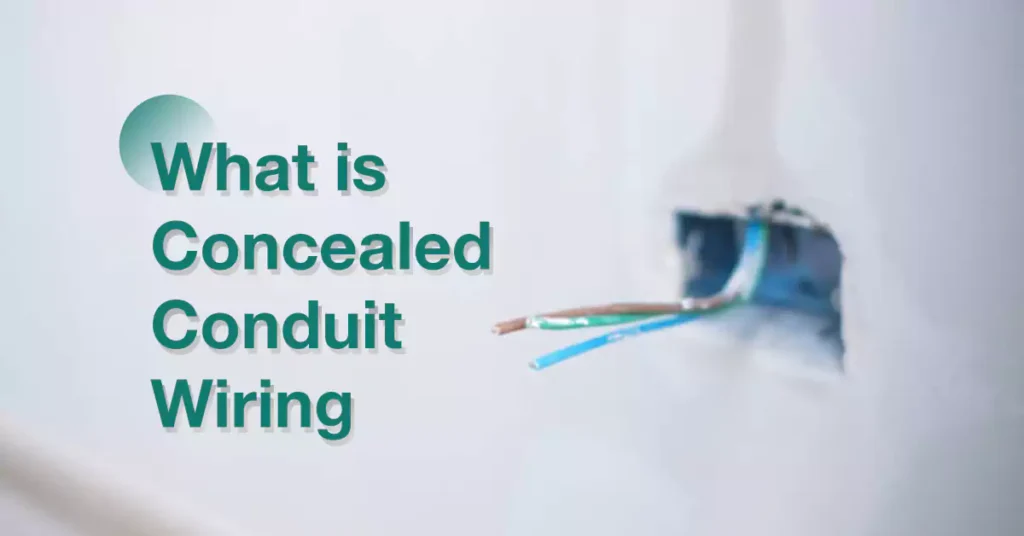
目录
在电气安装方面,出于安全和美观的考虑,隐蔽导管布线应该是个不错的选择。
隐蔽式管道布线涉及在刚性金属管道或 PVC 管道内安装电缆,然后将其隐藏在墙壁、天花板或地板后面。本综合指南旨在深入了解隐蔽式管道布线,探索其优点、安装过程以及对电气规范和法规的遵守情况。
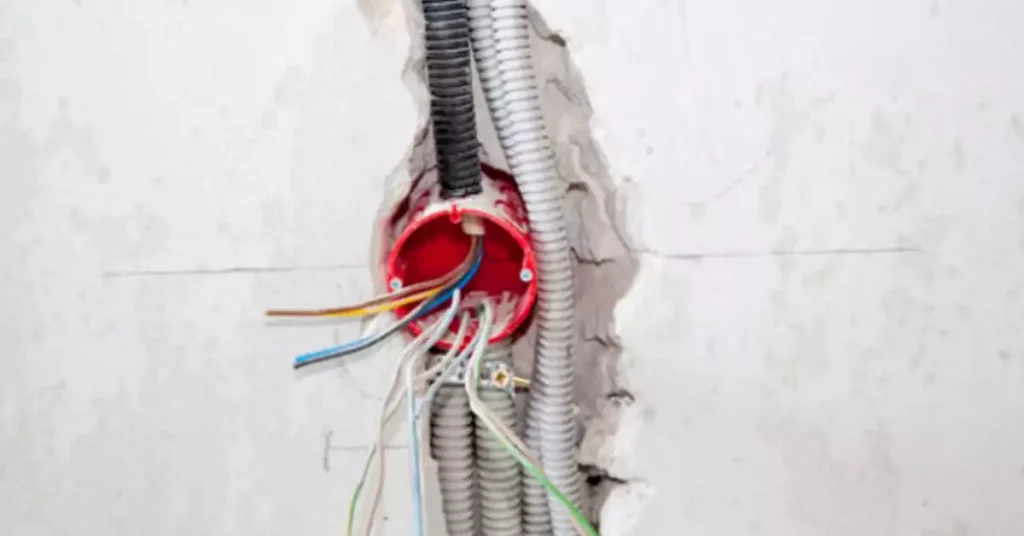
隐蔽导管 布线是指将电缆置于隐藏在墙壁、天花板或地板后面的刚性金属导管或 PVC 导管内的做法。这种方法涉及隐藏布线基础设施,以提高电气装置的安全性、美观性和功能性。导管充当保护通道,封闭电缆并保护它们免受潜在损坏或暴露。
与传统的表面导管或明线布线方法相比,隐蔽导管布线提供了一种更有条理、更精简的方法。隐蔽导管布线不会让可见的电线和电缆沿着墙壁或天花板的表面布线,而是将电气基础设施隐藏起来,从而提供干净整洁的外观。
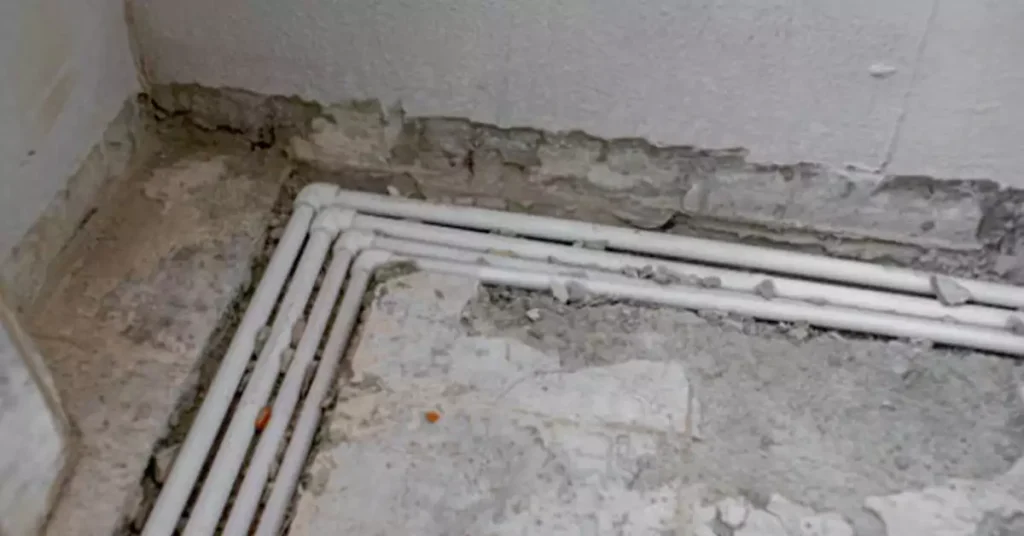
隐藏电线在电气安装中具有几个主要优点:
隐蔽式导管布线通过为电缆提供物理保护来优先考虑安全性。导管充当屏障,保护电缆免受物理冲击、湿气侵入或腐蚀性环境等因素造成的意外损坏。通过最大限度地降低损坏或暴露的风险,隐蔽式导管布线可降低触电、短路或火灾的可能性,确保居住者和财产的安全。
电缆容易受到外界因素的影响,例如潮湿、灰尘或化学物质。将电线隐藏在导管内可使其免受这些环境因素的影响,从而延长其使用寿命并降低电气故障或失效的风险。这种保护在湿度较高的区域(例如浴室、厨房或室外设施)尤为重要。
隐蔽式管道布线可显著提升空间的视觉吸引力。通过将电线和电缆隐藏在墙壁、天花板或地板后面,室内环境看起来干净、整洁且赏心悦目。这种美学优势在追求时尚和专业外观的环境中尤其可取,例如住宅、办公室、零售店或酒店场所。
隐藏电线可释放房间内的宝贵空间。没有裸露的电线和电缆,设计家具、固定装置和装饰元素的布局和布置时会更加灵活。没有可见的电线也营造出一种宽敞的感觉,并允许电气系统与整体室内设计无缝集成。
隐蔽式导管布线具有一系列优势,使其成为电气安装的首选方法。这些优势包括美观、保护和安全、修改灵活性以及增强布线系统的耐用性。
隐蔽式管道布线的主要优点之一是其对美观的积极影响。裸露的电线和电缆会在住宅和商业空间中造成杂乱和不美观的外观。将电线隐藏在墙壁、天花板或地板后面可以提供干净整洁的环境,使人们将注意力集中在空间的设计元素和建筑特征上。通过消除可见的电线,隐蔽式管道布线可以增强整体视觉吸引力,并营造出更令人愉悦和专业的氛围。
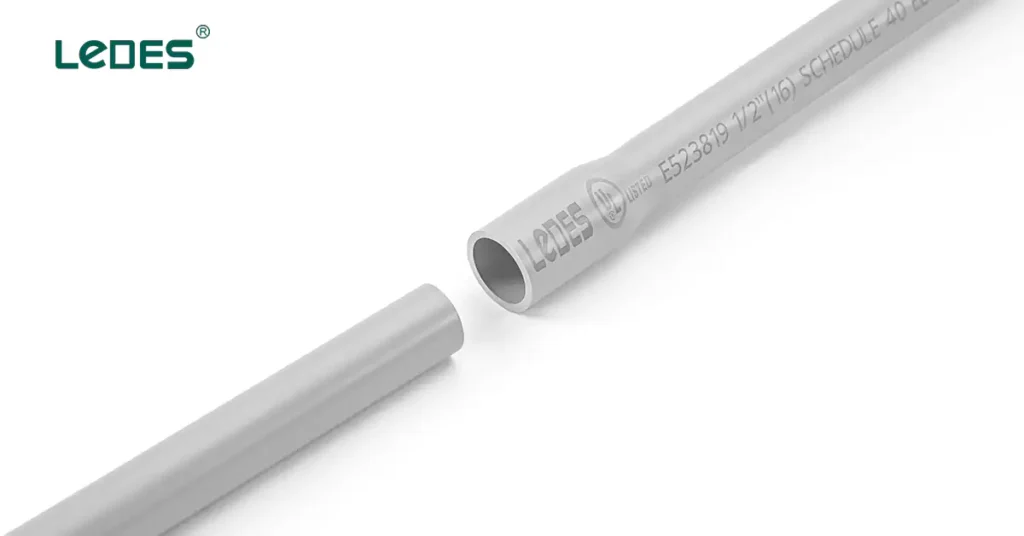
隐蔽式导管布线优先考虑电线的保护和安全。通过将电缆布置在导管内,系统可免受意外损坏、物理冲击和环境因素的影响。导管充当保护屏障,降低触电、短路或火灾的风险。这一额外的保护层可确保居住者的安全,并最大限度地降低电气危险的可能性。隐蔽式导管布线在湿气、灰尘或腐蚀性物质可能对电气系统构成威胁的区域尤为重要。
隐蔽式导管布线具有灵活性和易于修改的特点。随着电力需求的发展或需要进行修改时,隐蔽式导管布线可以更轻松地访问布线基础设施。电工可以进行修改或添加,而无需大规模拆除或破坏墙壁、天花板或地板。能够相对轻松地访问和修改布线系统,使隐蔽式导管布线成为翻新、扩建或未来升级的实用选择。这种灵活性可确保电气系统能够适应不断变化的需求,而不会带来很大的不便或成本。
隐蔽式导管布线有助于提高电气系统的整体耐用性和使用寿命。通过将电缆封闭在导管内,可以保护它们免受外部因素(例如湿气、灰尘或腐蚀性物质)的影响。这种保护可降低电缆性能下降、绝缘层损坏或过早磨损的风险。隐蔽式导管布线有助于在较长时间内保持电气系统的完整性,从而使安装更加可靠和持久。这一优势在环境恶劣或电气系统可能经常使用且存在潜在危险的地区尤为明显。
隐蔽式导管布线由各种组件组成,这些组件共同构成安全高效的电气安装。以下是一些主要组件:
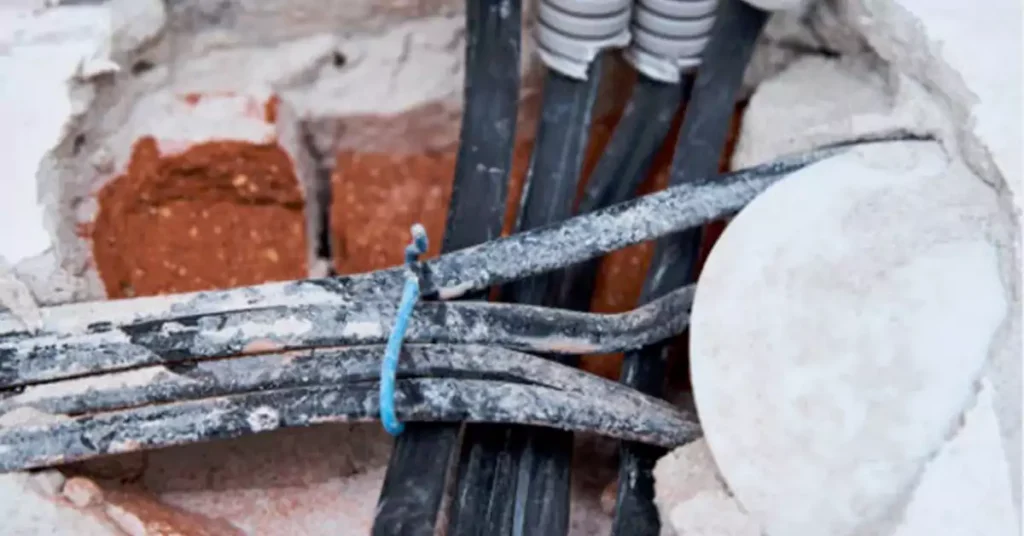
导管是用于容纳和隐藏隐蔽导管布线内的电缆的保护通道。导管可以由不同的材料制成,包括金属和 PVC(聚氯乙烯)。金属导管(例如镀锌钢或铝)以其强度、耐用性和抗物理冲击性而闻名。另一方面,PVC 导管重量轻、耐腐蚀且易于使用。导管材料的选择取决于安装环境、电气规范要求和个人喜好等因素。
电缆是在隐蔽管道布线系统内传输电力的导电线。根据具体应用、电压要求和负载能力,使用不同类型的电缆。常见的电缆类型包括:
NM 电缆,也称为 Romex,是一种广泛使用的电缆,由柔性塑料护套内的绝缘导体组成。它通常用于住宅电气安装。
交流电缆的导体由柔性金属铠装保护,可提供额外的机械保护。它通常用于需要更高耐用性的商业和工业环境。
UF 电缆专为地下安装而设计,例如户外照明或埋地电线。它具有防潮性能,可直接埋入地下,无需导管。
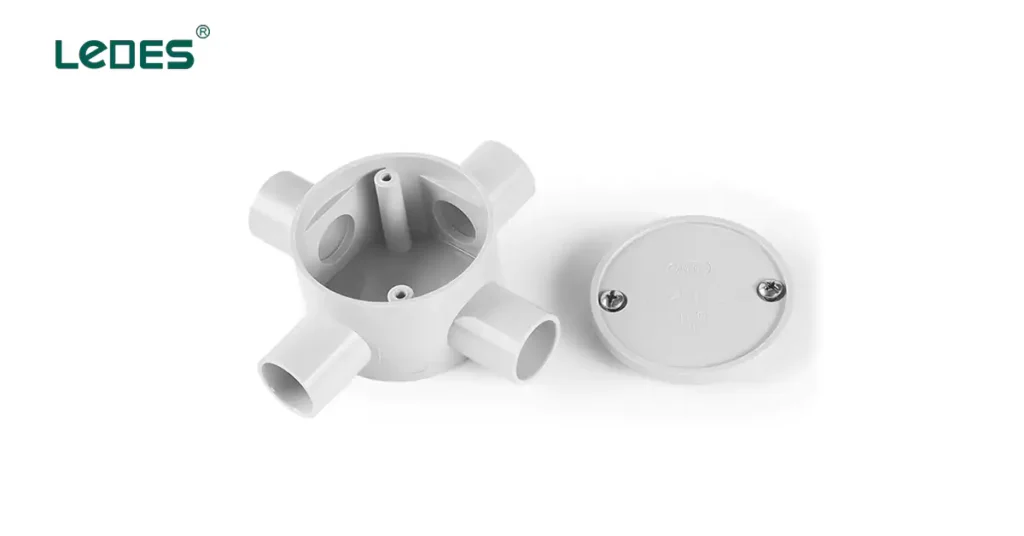
接线盒 电气外壳用作电气连接和接线接头的保护外壳。这些组件确保电气连接安全、有序并免受外部元件的影响。接线盒有各种尺寸和配置,可满足不同的接线需求。它们通常由金属或 PVC 制成,并具有可拆卸的盖子,方便接触内部的接线。电气外壳是更大的盒子,可提供额外的空间来容纳开关、断路器或控制面板等电气元件。
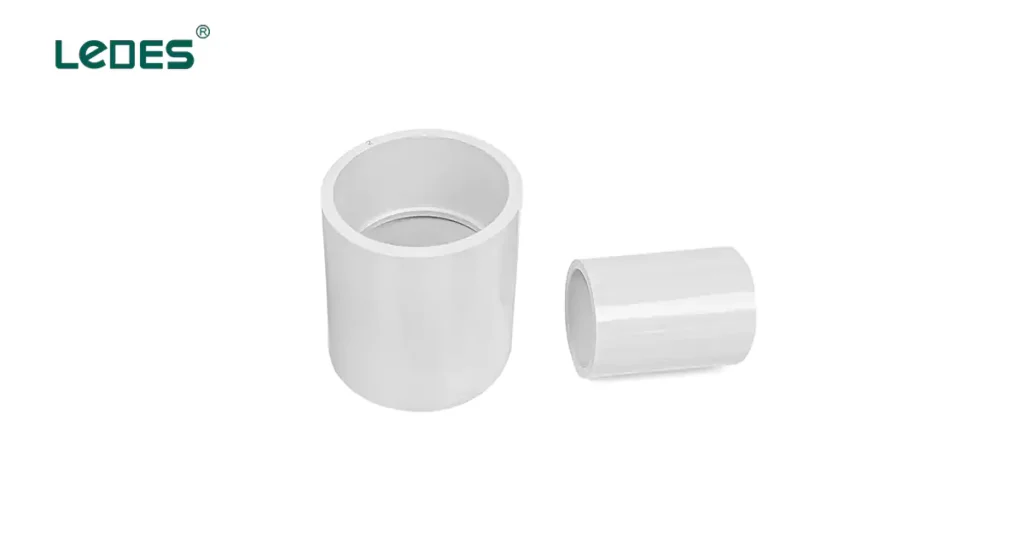
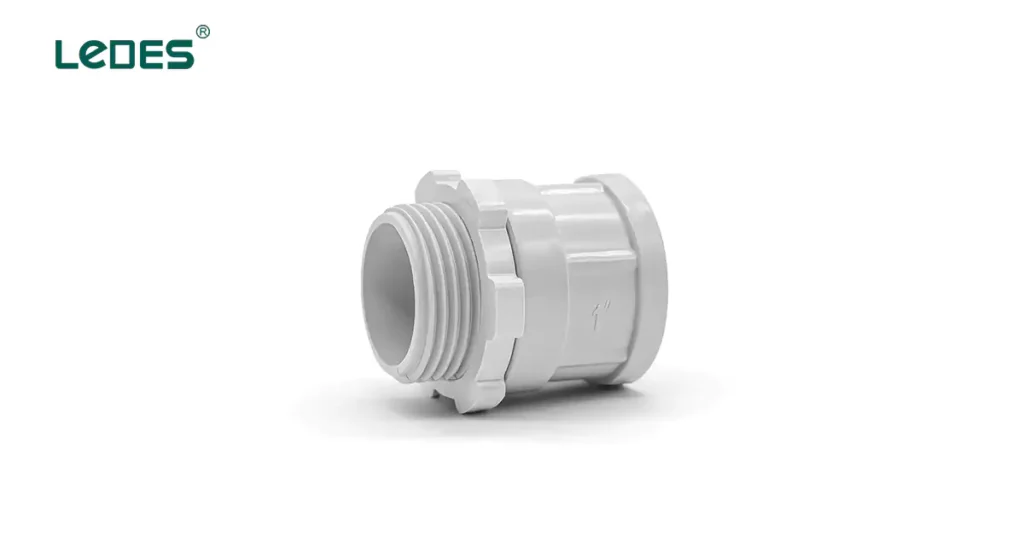
连接器、耦合器和配件是用于连接和固定隐蔽式导管布线系统内的导管、电缆和接线盒的重要组件。连接器用于在电缆和设备之间建立安全的电气连接,而耦合器用于将导管的各个部分连接在一起。配件(例如弯头或连接器)用于引导导管系统内的拐角或方向变化。这些组件可确保隐蔽式导管布线系统正确对齐、接地和保护。
规划和设计隐蔽导管布线系统需要仔细考虑各种因素,以确保电气安装安全、高效且符合规范。规划和设计隐蔽导管布线时,需要考虑以下重要事项:
在设计隐蔽式管道布线系统之前,必须计算空间的电力负荷要求。这涉及确定将连接到系统的电气设备和电器的预期功耗。正确的负荷计算可确保布线和电路能够处理预期的电力需求而不会超载。考虑未来的电力需求也很重要,以便为系统的潜在扩展或添加留出空间。
确定最佳导管路线对于隐蔽导管布线系统的有效安装和功能至关重要。需要考虑的因素包括建筑物的布局和结构、电气设备和插座的可达性以及尽量缩短导管长度。提前规划导管路线有助于避免不必要的弯曲、过长或可能妨碍安装过程或未来维护的障碍物。
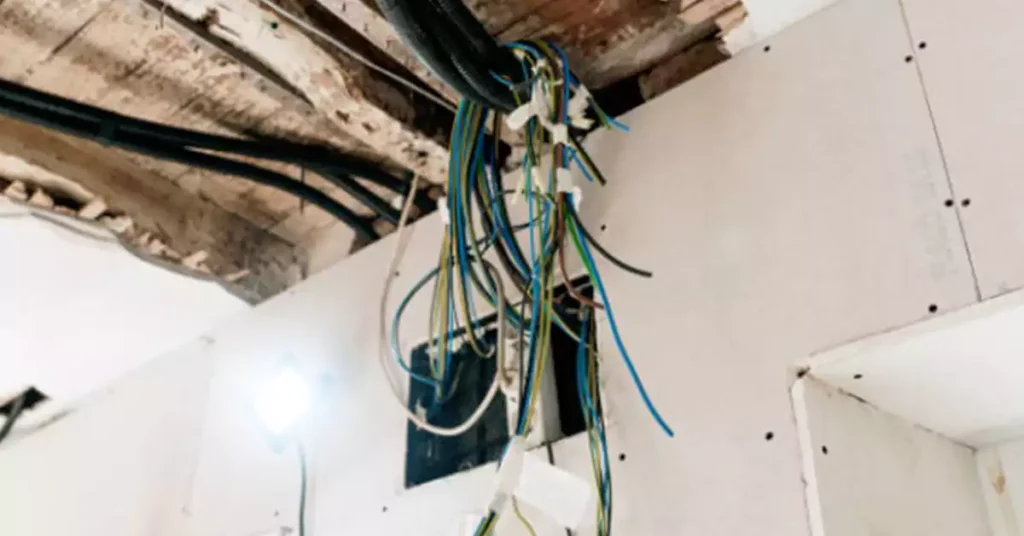
选择合适的导管尺寸和材料对于容纳电缆和确保适当的保护至关重要。导管的尺寸应基于将穿过它的电缆的数量和尺寸。重要的是要考虑电气规范规定的载流量额定值和填充容量,以防止电缆过度拥挤和过热。此外,导管材料的选择应符合特定的安装要求,例如环境条件、耐火性或腐蚀性环境。
隐蔽式导管布线必须遵守当地政府制定的电气规范和法规。这些规范确保电气系统的安全性和正常运行。查阅相关电气规范和法规以确定与隐蔽式导管布线相关的具体要求至关重要。合规性考虑因素包括正确接地、最小导管深度要求、最大填充容量、安装间隙以及使用经批准的材料和组件。
此外,建议咨询合格的电气专业人员或有隐蔽管道布线经验的工程师,以确保设计符合所有必要的安全和监管标准。他们的专业知识可以帮助优化设计,解决任何挑战,并确保成功安装隐蔽管道布线。
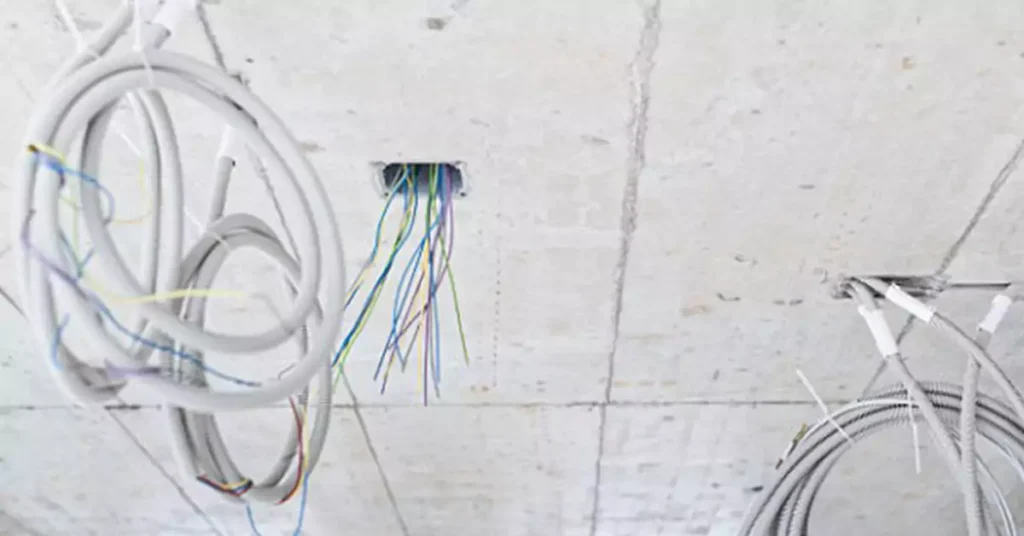
隐蔽导管布线的安装过程涉及多个步骤,以确保电气系统安全高效。遵循行业最佳实践并遵守电气规范和法规非常重要。以下概述了隐蔽导管布线的一般安装过程:
在开始安装之前,请检查电气计划和设计,以确保其准确性和符合项目要求。确认电气设备、插座和开关的位置,并根据建筑结构和布局确定最佳管道路线。
使用电气平面图作为指导,标记将要安装导管的位置。使用螺柱探测器和其他适当工具确定路径,并避开墙壁、天花板或地板内的任何结构障碍物或危险。
首先在标记的位置钻孔或创建接入点。使用适当的带子或夹具将导管牢固地固定在表面(例如墙柱或天花板托梁)上。确保导管之间按照电气规范正确对齐、支撑和间距。
使用适当的电缆拉动工具,小心地将电缆拉过导管。确保电缆在拉动过程中不会损坏。如有必要,请使用电缆润滑剂以减少摩擦并减轻电缆拉动。使用电缆扎带或固定夹定期将电缆固定到导管上。
在接线盒处,剥去电缆两端的绝缘层,露出导线。按照正确的颜色编码,并根据电气图将电缆连接到开关、插座、固定装置或其他电气设备。使用适当的连接器、耦合器或配件连接电缆并确保连接牢固。根据需要安装接地线并将其连接到接地点。
根据电气图将接线盒和电气外壳安装在适当的位置。确保它们正确接地并牢固固定。在接线盒内留出足够的空间,以便于取放和将来的修改或添加。
安装完成后,进行全面测试,确保隐蔽式管道布线系统正常运行。使用电压测试仪验证电路中是否有电。测试开关、插座和固定装置,确保它们正常工作。检查是否有任何松动的连接、短路或电气故障,并及时解决。
测试和验证成功后,用合适的墙壁、天花板或地板饰面覆盖导管。更换或安装开关和插座的盖板。确保所有接入点(如配电板或外壳)均已正确关闭和固定。
与当地相关部门或电气检查员安排最终检查,以确保符合电气规范和规定。解决检查期间发现的任何问题或疑虑,并在必要时进行必要的纠正。
值得注意的是,安装过程可能因具体项目要求、建筑结构以及当地管辖范围内的电气规范和法规而有所不同。
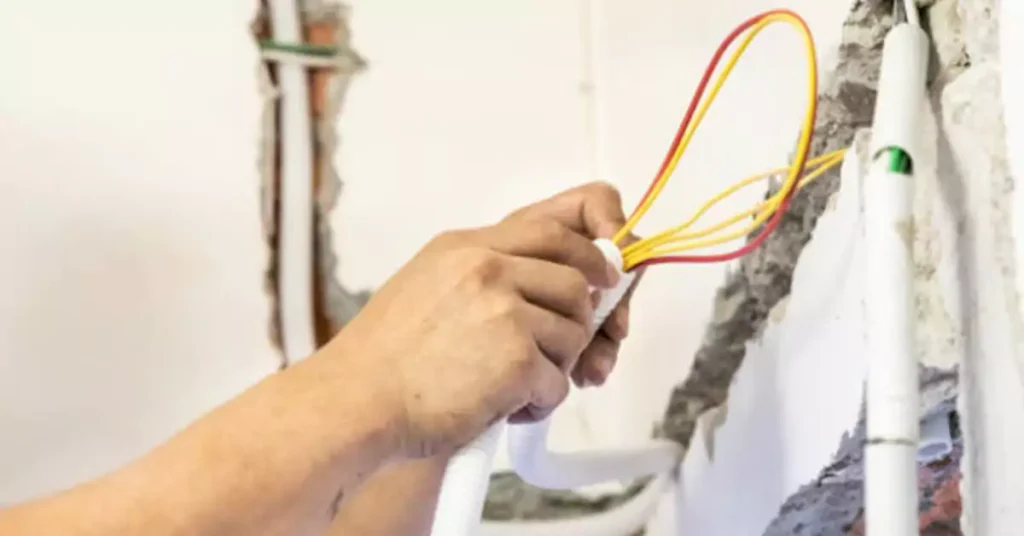
以下是进行隐蔽导管布线安装时需要遵循的 12 个专业提示:
- 仔细规划管道路线,以避免干扰其他建筑组件(如 HVAC 管道)。
- 将导管牢固地固定到框架结构上,远离绝缘层和防潮层。
- 准确切割导管并去毛刺/扩孔,以避免拉线时内部刮伤。
- 使用适当的工具缓慢弯曲导管,以获得最小弯曲半径且不会出现扭结。
- 拉线时,使用润滑剂和拉绳,不要超过侧壁摩擦系数。在盒子处留出松弛空间。
- 支撑接线盒与框架牢固对齐,并定位以便于访问。
- 将电线整齐地装入带有适当连接器的盒子中并贴上标签,留出多余的部分用于端接。
- 密封箱子、导管和内部电线周围,以防止绝缘层因潮湿而受损。
- 考虑金属和非金属之间的过渡,正确接地和连接导管。
- 通过选择和布线保护高流量区域的电线免受物理损坏。
- 记录示意图、标签和测试结果以供将来参考和规范遵从。
- 考虑在天花板/墙壁空腔内安装低压照明,以方便检查。

隐蔽式导管布线是一种常用的电气安装方法,涉及在墙壁、天花板或地板内的隐蔽导管内铺设电缆和电线。这种方法有几个优点和缺点,在为特定应用决定合适的布线系统时应考虑这些优点和缺点。以下概述了隐蔽式导管布线的优点和缺点:
隐蔽式管道布线提供干净整洁的外观,因为布线隐藏在视线之外。这有助于保持空间的建筑完整性,并为室内设计和装饰提供更大的灵活性。
与表面布线方法相比,隐蔽式导管布线可以更好地防止意外损坏,例如撞击或篡改。 布线在导管内受到屏蔽,可降低触电、火灾或短路的风险。
隐蔽式导管布线可增强电缆对环境因素(如湿气、灰尘或害虫)的保护。这可提高电气系统的使用寿命和可靠性,减少频繁维护或维修的需要。
隐蔽式导管布线可最大程度地减少可能影响敏感电子设备的电磁干扰 (EMI) 和射频干扰 (RFI)。导管可充当屏障,保护电缆免受外部干扰源的影响,确保更好的信号质量。
隐蔽式导管布线可让您更灵活地确定电源插座、开关和固定装置的位置。由于导管为未来的布线更改提供了可访问的通道,因此可以更轻松地对电气系统进行修改或添加。
一旦安装了隐蔽的管道布线,访问和排除电气系统故障就会变得更加困难。维修或改造可能需要打开墙壁、天花板或地板,这可能既耗时又费力,而且成本高昂。
虽然隐蔽式导管布线在插座放置方面提供了灵活性,但对电气系统进行重大更改可能仍需要对隐蔽式导管进行修改。与允许更直接修改的表面布线方法相比,这可能更复杂且成本更高。
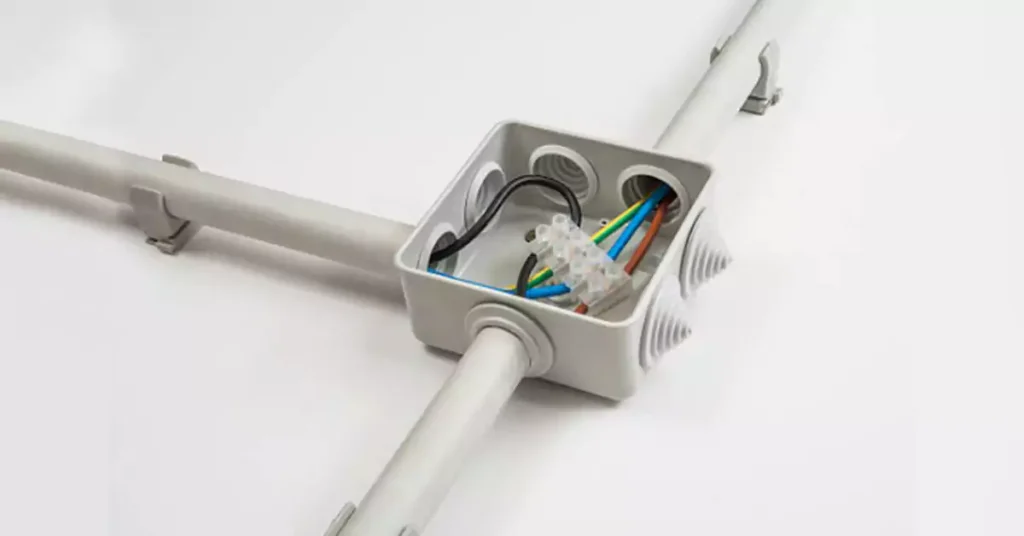
隐蔽式导管布线因其美观、安全和耐用等优点,广泛应用于各种类型的建筑物和设施。以下是隐蔽式导管布线的常见应用:
隐蔽式管道布线通常用于单户住宅的整个电气系统。它提供了干净整洁的外观,让房主能够保持理想的室内设计,而无需可见的布线。
在公寓大楼、共管公寓或联排别墅中,采用隐蔽的管道布线来确保整个建筑的安全性和一致性。它允许将电力高效地分配到各个单元,同时降低意外损坏或篡改的风险。
在翻新或改造住宅时,通常首选隐蔽式导管布线,以更新电气系统而不影响美观。它允许安装新的插座、开关和固定装置,同时最大限度地减少可见的布线。
隐蔽式管道布线广泛应用于办公楼,以提供整洁、专业的外观。它可满足各种工作站、会议室和公共区域的电力需求,同时确保安全可靠的电力供应。
零售空间采用隐蔽式导管布线来为照明、展示设备、销售点系统和其他电气设备供电。它有助于为顾客保持干净、美观的环境,同时确保电气安全。
隐蔽式导管布线通常用于餐厅、酒店和其他接待场所。它能够高效地为厨房设备、照明、暖通空调系统和客用设施分配电力,同时保持美观的氛围。
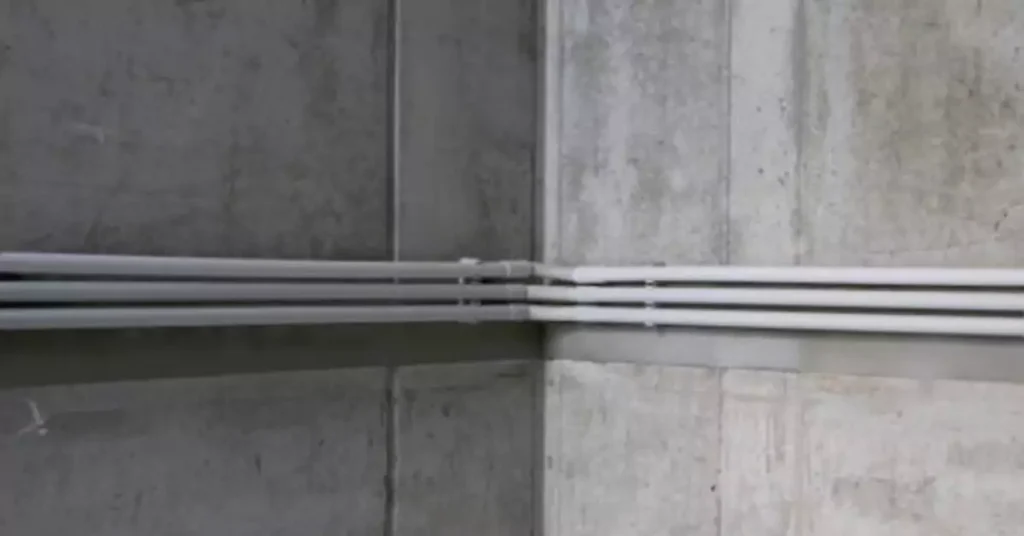
隐蔽式导管布线对于工业设施中重型机械、生产线和控制系统的供电至关重要。它在工厂或装配线等具有挑战性的环境中提供安全有序的电力基础设施。
大型仓储设施采用隐蔽式导管布线来支持照明、传送系统、物料搬运设备和其他电力需求。它可确保整个设施高效可靠的电力分配。
隐蔽式导管布线用于科研设施,为专业设备、数据收集系统和实验装置供电。它允许安全有序地布线电缆,以支持复杂的研究活动。
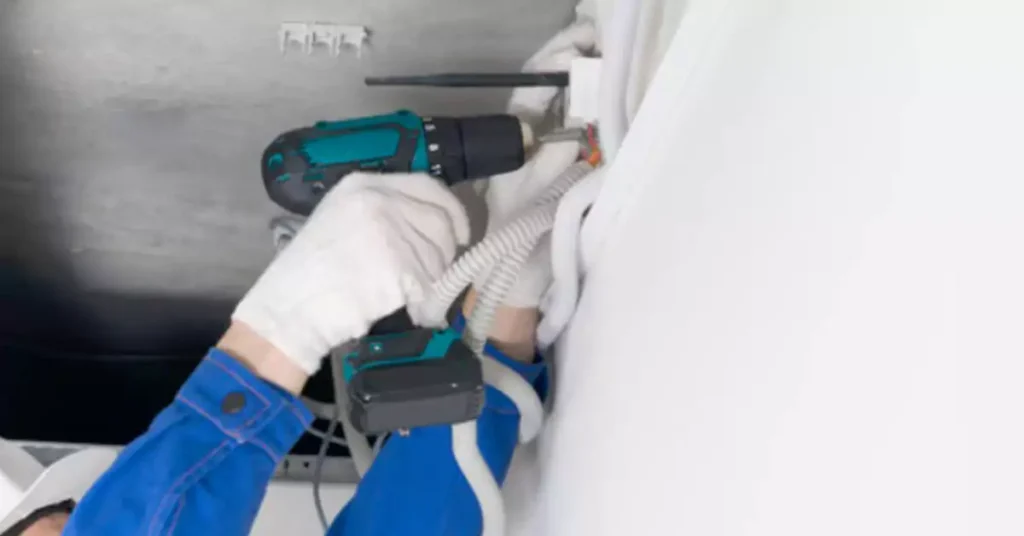
适当的维护和及时的故障排除对于确保隐蔽导管布线安装的安全性、功能性和使用寿命至关重要。
对隐蔽的导管线路进行目视检查,以识别任何可见的损坏、磨损或连接松动迹象。检查是否有磨损或裸露的电线、变色或熔化的绝缘层,或者导管附近是否有潮湿或虫害的迹象。
使用适当的设备定期进行电气测试,检查隐蔽导管布线系统的连续性、绝缘电阻和接地。这有助于识别目视检查中可能看不到的潜在故障或电气问题。
确保导管和接线盒保持清洁,没有灰尘、碎屑或任何其他障碍物。定期清除任何可能妨碍电气系统正常运行的累积碎屑或灰尘。
检查并拧紧所有电气连接,包括接线盒端子、开关、插座和接地连接。连接松动可能会导致电弧、过热或间歇性电源问题。
检查所有保护措施(如导管盖、防护装置或绝缘层)的完整性。及时更换损坏或老化的盖子或防护装置,以防止意外接触或损坏电线。
如果发现电线损坏,如磨损或裸露的电线,应立即修复。剪掉电线损坏的部分,并安装接线盒或电线接头连接器,以牢固连接各部分。确保修复区域有适当的绝缘和保护。
应使用适当类型和额定值的新插座、开关或灯具来更换故障插座、开关或灯具。更换部件时,请遵循制造商说明和电气规范,并确保所有连接均牢固且正确接地。
如果需要对隐蔽式导管布线系统进行修改或扩展,请咨询合格的电工或电气专业人员。他们可以就适当的程序、导管尺寸和必要的许可证提供指导,以确保符合电气规范。
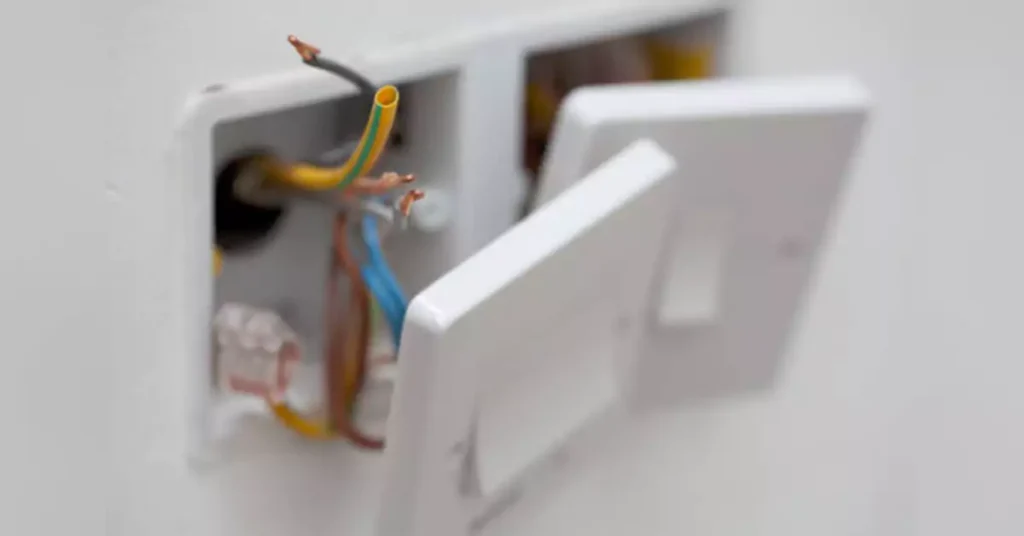
总之,隐蔽式导管布线具有美观、安全和耐用的优点,使其成为住宅、商业和工业环境中的热门选择。它提供了干净整洁的外观,防止意外损坏,并延长了电气系统的使用寿命。
考虑隐蔽导管布线的优点、缺点、维护实践和故障排除指南,个人和组织可以对其特定应用的适用性做出明智的决定。优先考虑安全性、合规性和定期维护将有助于在建筑物和设施内建立可靠而高效的电气系统。
如有任何问题,请随时 联系我们获取专业建议。



